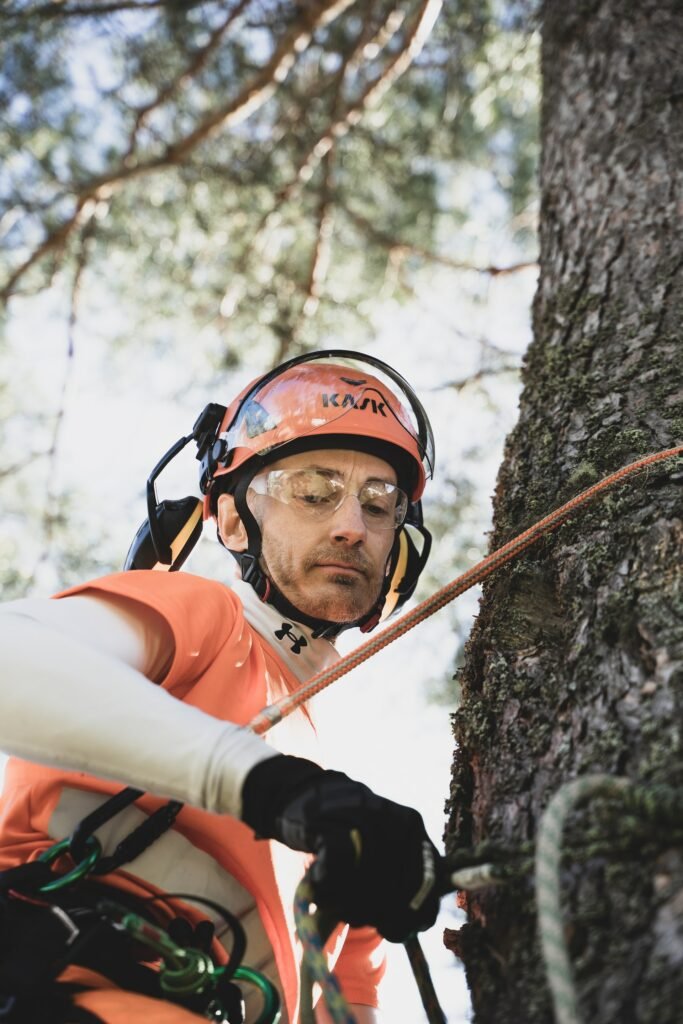Arboriculture, the art and science of tree care, is a field that seamlessly weaves together the wisdom of the past with the innovation of the present. In the ever-evolving landscape of environmental stewardship, reputable arborists find themselves at the intersection of traditional practices and cutting-edge techniques. This article delves into the harmonious coexistence of generational wisdom and modern methodologies in arboriculture, exploring how these two forces come together to shape the future of tree care.

Embracing Tradition
The Roots of Arboriculture
Arboriculture has its roots deeply embedded in age-old traditions. Generations of arborists have passed down their knowledge, creating a rich tapestry of wisdom that forms the foundation of the field. Traditional practices, such as careful pruning techniques and organic fertilization, have stood the test of time and remain integral to arboriculture.
The Art of Observation
One of the timeless skills passed down through generations is the art of observation. Reputable arborists often recount stories of mentors who taught them to keenly observe a tree’s subtle cues – from the color and texture of leaves to the arrangement of branches. This invaluable skill allows arborists to detect early signs of stress or disease, enabling timely intervention.
Holistic Approaches to Tree Care
Traditional arboriculture emphasizes a holistic approach to tree care. It goes beyond mere tree maintenance, taking into consideration the surrounding environment, soil health, and the intricate web of relationships between trees and other organisms. This holistic perspective is a guiding principle for reputable arborists seeking to preserve and enhance the vitality of our green spaces.
Embracing Modernity
Technological Advancements in Arboriculture
The 21st century has witnessed a surge in technological advancements that have revolutionized arboriculture. Modern arborists harness the power of state-of-the-art tools such as drone technology for aerial assessments, sonic tomography for internal tree health analysis, and GPS mapping for precise tree inventory. These innovations enhance the accuracy and efficiency of tree care practices.
Data-Driven Decision Making
In contrast to traditional practices reliant on experience and intuition, modern arboriculture often adopts a data-driven approach. Arborists now use advanced sensors and monitoring devices to collect real-time data on environmental conditions, allowing for more informed decision-making in areas such as irrigation, pest management, and tree health assessment.
Urban Planning and Arboriculture Integration
The integration of arboriculture into urban planning represents a modern approach to sustainable tree care. Reputable arborists collaborate with urban planners and architects to ensure that trees are strategically planted and managed to maximize environmental benefits, mitigate climate change impacts, and create healthier urban environments.
Bridging the Gap
Mentorship Programs
A bridge between tradition and modernity in arboriculture is often built through mentorship programs. Experienced arborists pass down their traditional wisdom to younger generations, while also encouraging the adoption of modern techniques. This dynamic exchange of knowledge ensures that the core principles of arboriculture remain intact, while also embracing the tools and methodologies of the present.
Training and Education
Arboriculture training programs now strike a balance between traditional teachings and modern advancements. Aspiring arborists undergo comprehensive education that includes the study of traditional practices, the latest scientific research, and hands-on training with cutting-edge tools. This holistic approach equips them to navigate the complex landscape of tree care in today’s world.
Research and Innovation Centers
Research centers dedicated to arboriculture play a pivotal role in bridging the generation gap. These centers serve as hubs for exploring new technologies, conducting scientific studies on tree health and care, and disseminating knowledge to arborists worldwide. By fostering a culture of continuous learning, they ensure that arborists stay abreast of both traditional wisdom and emerging trends.
In the dynamic field of arboriculture, the bridge between traditional wisdom and modern techniques is a testament to the resilience and adaptability of those who care for our trees. Reputable arborists honor the knowledge passed down through generations while embracing the opportunities that technology and innovation bring. As this bridge strengthens, it paves the way for a sustainable future where the art and science of tree care continue to thrive, creating a legacy that will endure for generations to come.